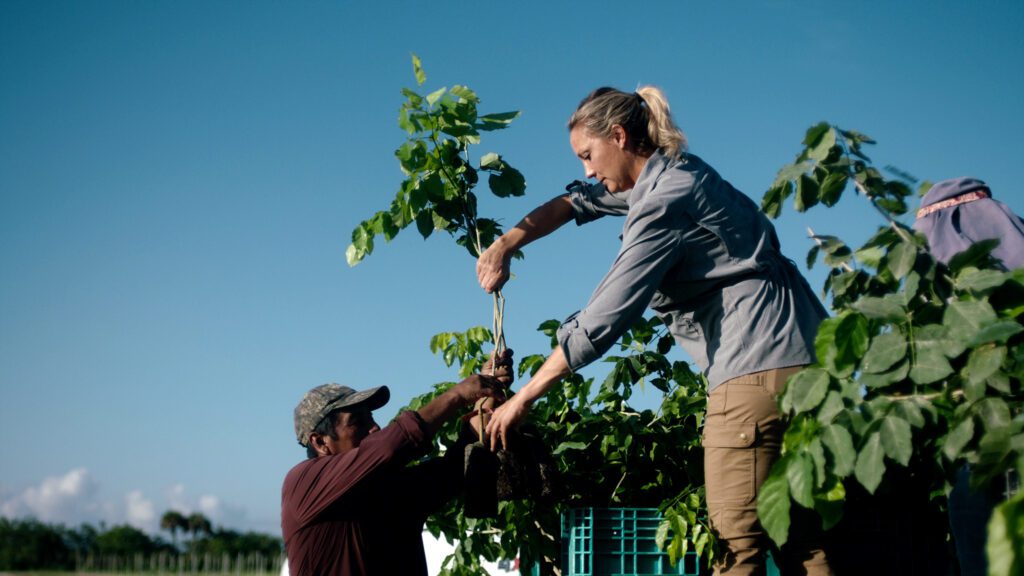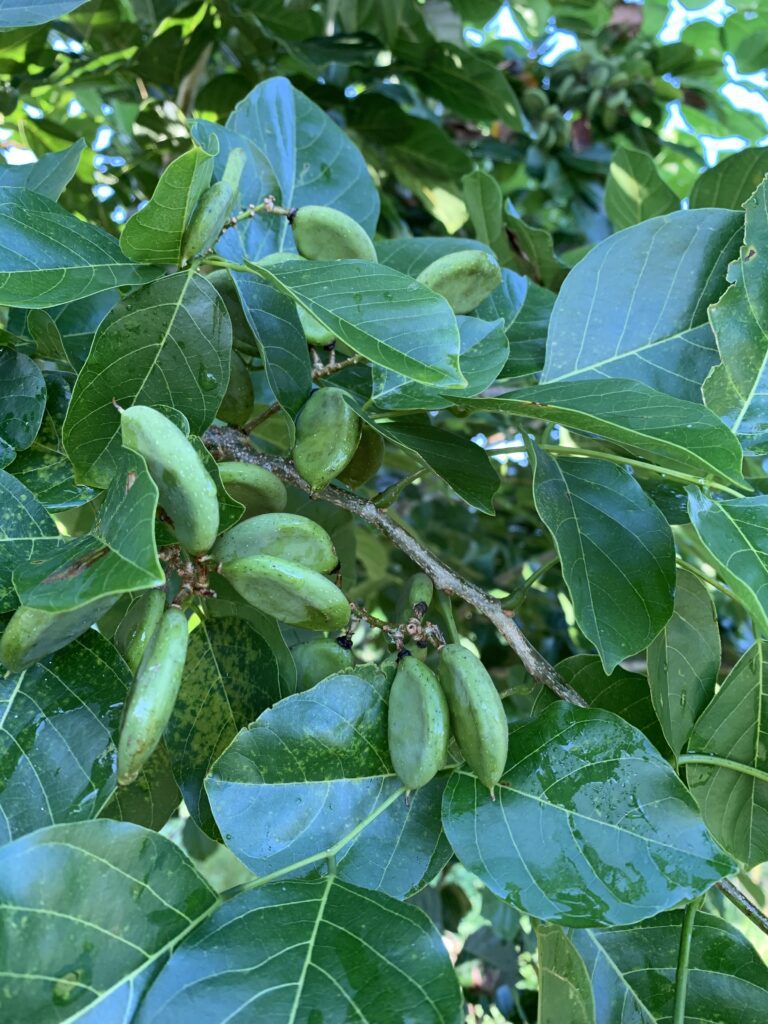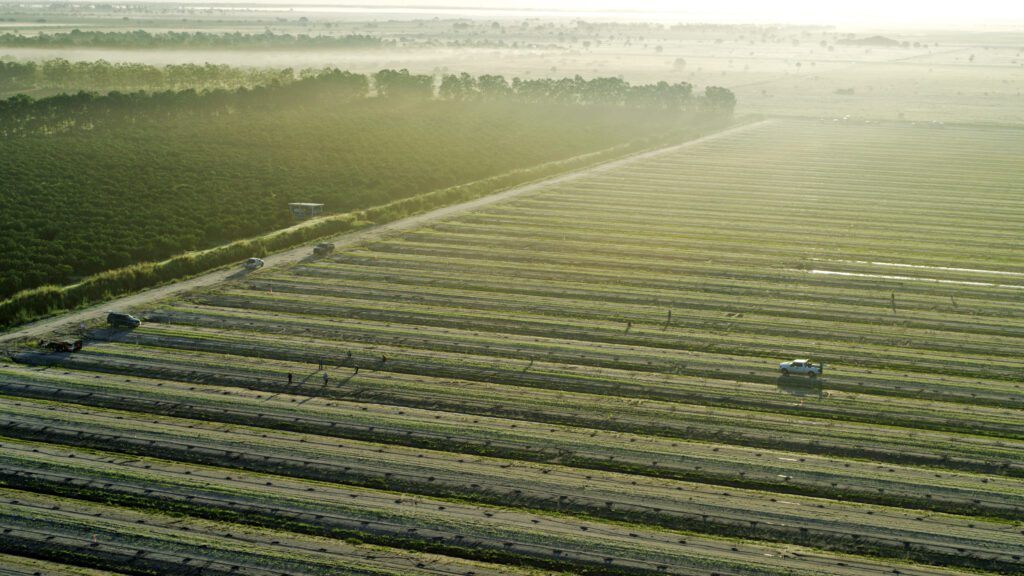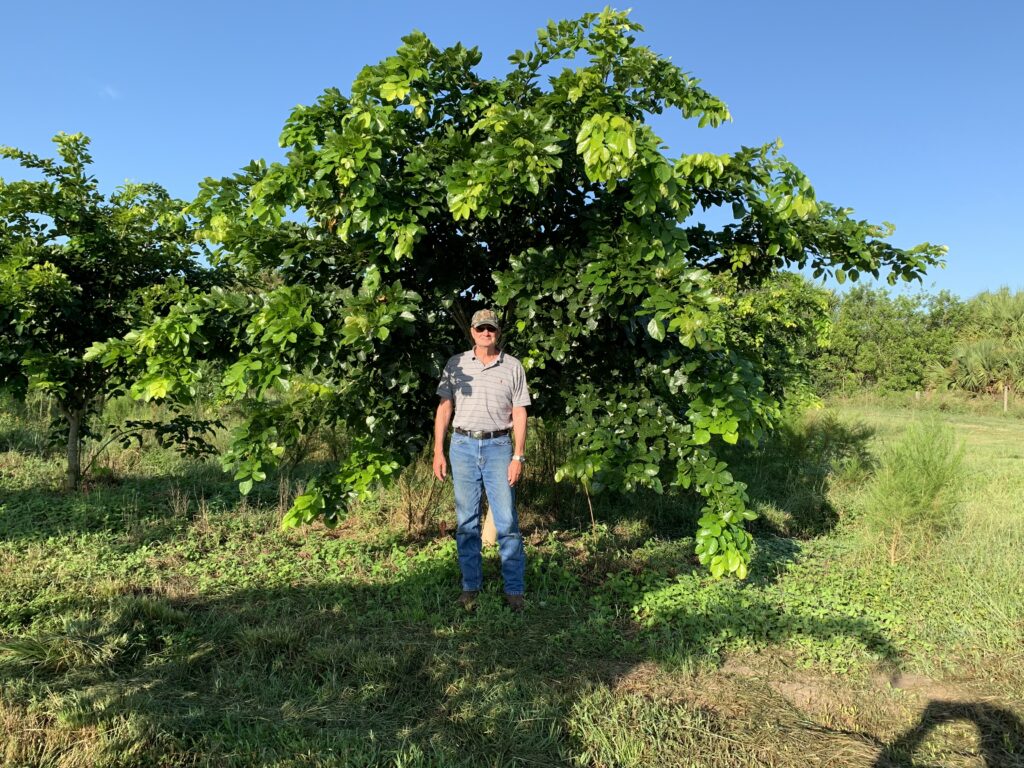Some Florida Citrus Growers Turning to Alternative Crop
by PAUL CATALA
Florida’s annual Commercial Citrus Inventory just recently revealed that the state’s current citrus acreage is 274,705 acres, down 17 percent from the last annual survey.
As the state’s citrus industry continues to reel from the effects of hurricanes and greening, some embattled citrus growers are instead turning to a different crop — pongamia — to replenish their one-thriving citrus groves.
Pongamia is a fast-growing, nitrogen-fixing, wide-canopied tree native to Asia and the Pacific Ocean region. It’s used for fuelwood, animal fodder, shade, soil improvement, and in some cases, medicinal purposes to treat tumors, skin diseases, and ulcers.
The legume of pongamia is used to produce products such as culinary oil, protein, and biofuel.
Pongamia, which produces somewhat fragrant, pealike flower clusters, thrives in tropical and subtropical zones, so south Florida is especially suitable for it.

The pongamia tree is a fast-growing evergreen tree with a wide canopy that can reach 30 to 40 feet in height and does well in the sandy soil found across Florida. Pongamia is also resistant to pests, has a low cost to produce, can withstand droughts, and thrives in wet areas while needing much less irrigation than citrus trees. Additionally, pongamia can be cultivated and harvested mechanically, which has helped increase its popularity among growers such as John Paul III.
DIFFICULT TO MARKET
John Paul is a co-owner of Jack Paul Properties, a Winter Haven-based family citrus company founded in the 1930s. The company is named after Paul’s father, Jack, who died in 2014.
Jack Paul Properties once had about 3,000 acres of citrus, but now it’s down to about 500 acres of Valencia oranges, mostly in DeSoto County.
Paul, 54, who lives in Fort Myers, says his company got into pongamia in 2010, buying seeds from India and some low-producing seeds from Fort Myers. He says he tried marketing the pongamia grown on five acres as a biofuel. He also looked to use it as a pesticide or herbicide, but there wasn’t enough concentrate to make that viable.
“We haven’t done much with it yet. I haven’t found a good market for it to make it work on a large scale,” he says. “We also sold the press cakes as cattle feed, so there’s the combination of the press cake, the oil. But as an alternative fuel, it’s still tough, so I started looking at other alternative uses that we could market.”
Paul says his company presses and makes pongamia oil to burn for their own use but has found it hard to market outside of Jack Paul Properties.

“It grows well, we just need to find a way to breed it and find a way to take the natural pesticide in it and increase the concentration in that, then I think it will be a more viable crop,” he adds.
UF/IFAS: PONGAMIA IS INVASIVE
Although the pongamia tree thrives in Florida’s climate and soil, not everyone sees it as the best utilization of disappearing citrus groves.
Luis Rodriguez, small farms and pesticide education extension agent for UF/IFAS, says the pongamia tree — native to southeast Asia, Australia and the western Pacific Islands – is listed as “invasive” by IFAS, which states its growth isn’t recommended except for “specified and limited use approved by the UF/IFAS Invasive Plant Working Group.”
“It is not prohibited, so people can grow it, but the university does not recommend it because it is predicted to be highly invasive in the future,” Rodriguez says
But companies such as Terviva, a 108-employee San Francisco company founded in 2010 by Naveen Sikka, have found the future of Florida pongamia promising.

DEVELOPING A PROCESSING METHOD
Terviva and its Florida farming partners have already planted about 1,500 acres of pongamia, mostly on former citrus land. Roughly 150 acres are considered test plots and were established between 2012 and 2017, according to the company.
The rest of the crop is commercial plantings with farmers established after 2018.
Terviva has found and developed a simple processing method to turn Pongamia beans into sustainable food, feed, and fuel.
The company uses pongamia to make Ponova oil, which is touted as a sustainable alternative to vegetable oils. In addition, Terviva is exploring using processed pongamia beans as a protein alternative to soybeans.
“We acknowledge that farmers who have funded and planted these acres are a vital part of the emerging pongamia industry,” says Marc Diaz, Terviva chief commercial officer.
With biofuels, crude pongamia oil can be converted into biodiesel, renewable diesel, and sustainable aviation fuel. To build on this potential, the company has begun collaborating with Mitsubishi Corporation to bring crude pongamia oil (a low carbon-intensity biofuel feedstock) to the liquid fuels market, an industry first.
According to Terviva, there are plans to plant millions of pongamia trees in Florida over the next five to 10 years to revitalize Florida farmland as it captures carbon, fixes nitrogen, grows in depleted soils, and tolerates extreme water conditions. Importantly, the pongamia industry also supports farming jobs and businesses.
“We collaborate closely with citrus farmers who have switched to cultivating pongamia, and they see the benefits of its unique attributes. As we continue to scale our operations, we believe that pongamia can be a sustainable and resilient alternative which offers opportunities to revitalize Florida agriculture,” states Diaz. “Because of processed pongamia’s versatility and the growing need for sustainable alternatives in food, feed, and fuel, we see the market expanding and bringing benefits to both people and the planet.”
Generally, pongamia trees require little to no fertilizer or pesticides and do well during drought or long periods of rain. Additionally, pongamia beans can be picked by machines that shake the beans off of branches at harvest time.
After a harvest, Terviva uses a patented process to remove the biopesticides that cause the bitter taste, making the beans suitable for food production.
BACKED BY TERVIVA
John Olson owns the 600-acre Circle O Ranch west of Fort Pierce in St. Lucie County. His family, which had been in the citrus industry since 1962, replaced what were 215 acres of citrus groves — mostly grapefruit lost due to greening — with pongamia trees.
Olson says he learned of the pongamia industry from a neighbor. He says he was interested in pongamia as a “drop-in replacement for citrus” as far as required infrastructure.
“That was important; pongamia can survive in a lot of things that citrus can’t. That was important on the production side,” he says.
TRULY VIABLE?
Olson says after four years, Circle O’s pongamia is just now getting to the point of harvesting as a commercial crop. He says Terviva has invested in edible pongamia product research to make the bioflavonoids taste better as an edible oil.
“So it remains to be seen how the crop gets utilized,” he says.
Olson says Terviva sold him his pongamia trees, and the company is helping with the caretaking of the approximately 20,000 trees at Circle O Ranch.
Olson is optimistic about the future of pongamia both on his ranch and in other locations, since the beans and oil can go into different markets.
“It’s too early to be confident, but I think there needs to be higher production, so the infrastructure for the beans, the marketing and all that, obviously, Terviva is going to be a big part of that for us, all built out in a way to make it work,” he says.
Ray Royce, executive director for Highlands County Citrus Growers Association, is more hesitant to believe pongamia is a good fit for Florida. He says he thinks more growers will consider growing it once there’s a clear, demonstrated mechanism to sell that harvest at a profit.
“Being able to agronomically grow something that supposedly has a multitude of uses in our area and being able to do so profitably can be two distinct things,” says Royce.
“I hope that a healthy and consistent market, one that can be relatively guaranteed, will be demonstrated for pongamia in the near future because there is certainly plenty of property that can be converted to that purpose.”

